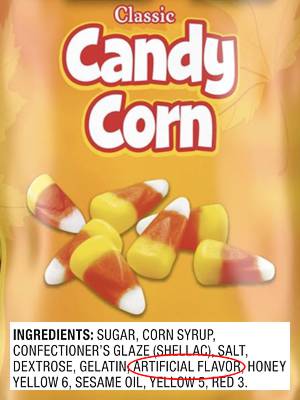Part of a series of articles for National Chemistry Week 2023 on
Unveiling the Surprising Healing Power of Chemistry
Chemical Enhancement of Taste and Flavor
The chemistry of taste and flavor enhancement plays a fascinating role in the food and beverage industry, offering an unexpected and crucial aspect of our sensory experience. Food scientists and flavor chemists employ various chemical compounds to intensify, modify, or create new taste and aroma sensations, ultimately elevating the culinary experience.
The chemistry behind taste enhancement often involves the use of flavor enhancers, such as monosodium glutamate (MSG) or ribonucleotides like disodium inosinate and disodium guanylate. These compounds work by stimulating specific taste receptors on the tongue, enhancing the perception of savory or umami flavors. MSG, for example, contains glutamate, an amino acid that activates the umami taste receptor, intensifying the savory taste in dishes.
In addition to taste enhancement, flavor chemists employ a wide range of volatile compounds to create or intensify aromas and flavors. These compounds, often derived from natural sources or synthesized in the lab, mimic the scents and flavors of various ingredients, from fruits and spices to meats and dairy products. For instance, the chemistry of esters is responsible for fruity flavors, while the Maillard reaction contributes to the complex flavors of roasted and grilled foods.
Spices (e.g., black pepper, basil, and ginger), spice extracts, essential oils, oleoresins, onion powder, garlic powder, celery powder, onion juice, and garlic juice are all ingredients that may be declared on labeling as “natural flavor”, “flavor”, or “flavoring.” Spices, oleoresins, essential oils, and spice extracts are listed in the Food and Drug Administration regulations. Natural flavors are created by isolating specific chemical ingredients that gives a natural source its familiar taste, e.g. an essential oil from a given fruit. Chemical ingredients from a single or multiple natural sources can be combined by a flavorist to create a desired flavor profile for a specific product.
Artificial flavors are defined as “any substance, the function of which is to impart flavor, which is not derived from a spice, fruit or fruit juice, vegetable or vegetable juice, edible yeast, herb, bark, bud, root, leaf or similar plant material, meat, fish, poultry, eggs, dairy products, or fermentation products thereof.” The definition of artificial flavor also includes any lab synthesized versions of flavor molecules. Government scientists determine whether a flavor additive is acceptable for health and safety.
The use of chemistry in flavor enhancement extends to modifying taste profiles to meet specific dietary preferences or address health concerns. Sugar substitutes, such as aspartame and sucralose, are examples of chemical compounds used to impart sweetness without the caloric content of sugar. Salt substitutes like potassium chloride provide a salty taste with reduced sodium levels, catering to those seeking a lower-sodium diet.
Chemistry-driven flavor enhancement is not limited to savory or sweet tastes; it also encompasses the world of aromatics. Essential oils, which are rich in volatile organic compounds, are commonly used to infuse foods and beverages with aromatic notes. For example, the chemistry of terpenes found in citrus essential oils imparts the characteristic fragrances of oranges, lemons, or limes to various culinary creations.
Moreover, encapsulation technology, a branch of chemistry, is employed to protect and release flavors and aromas in a controlled manner. Microencapsulation allows flavor compounds to be encapsulated within tiny spheres, ensuring that they are released gradually during consumption, providing a longer-lasting and more consistent taste experience.
The chemistry of taste and flavor enhancement continues to evolve, reflecting changing consumer preferences and dietary considerations. Innovations in food science and flavor chemistry aim to create healthier, more sustainable, and enjoyable culinary experiences. As research in this field progresses, chemistry will continue to surprise us with novel taste and flavor enhancements that enrich our gastronomic adventures.





